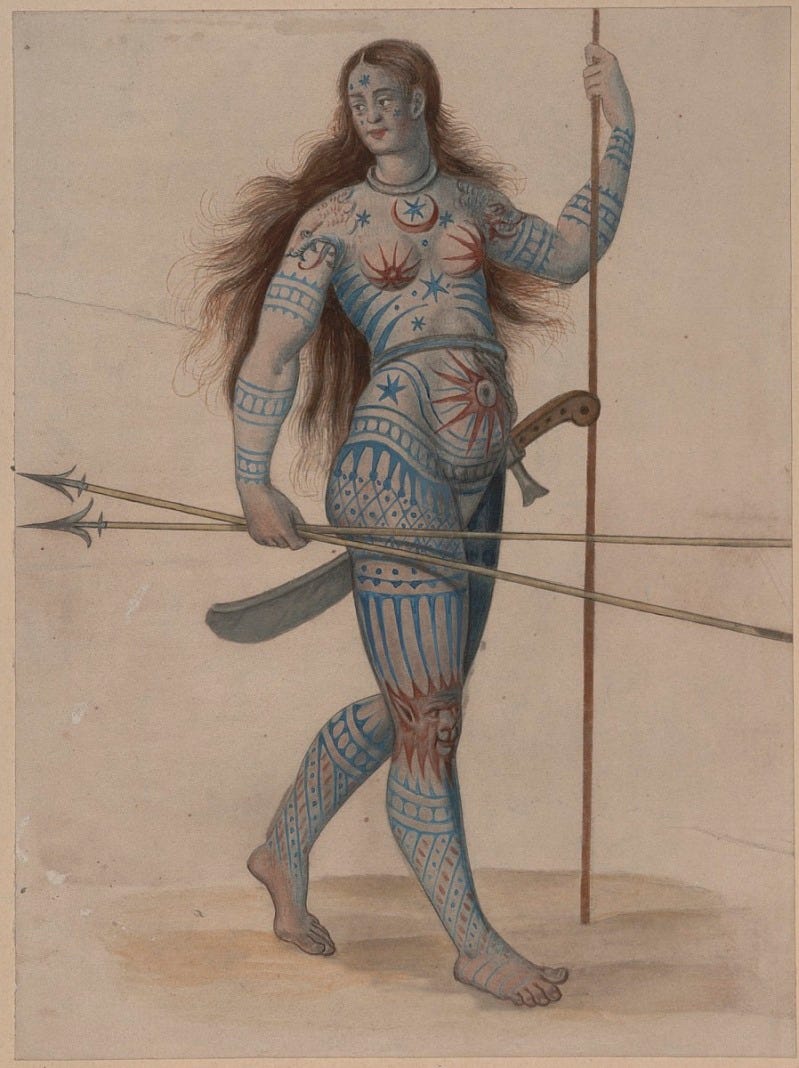Symbols of Power: The Picts and the Hilton of Cadboll Stone
An 8ft tall Pictish stone, botched gravestones, and female symbolism
Happy Sunday and welcome back to part three of my series exploring my favourite artefacts in the National Museum of Scotland!
This week, I want to dive into one of my favourite periods and people of Scottish history: the Picts.
Who were the Picts? Arguably one of the most elusive groups in Scottish history, the Picts were most likely descendents of the native peoples of what we now know as ‘Scotland’. The territory which they covered is quite expansive: Pictish stone carvings have been found as far north as Orkney and Shetland, as west as the Outer Hebrides, as east as Aberdeenshire, and as south as the River Forth. However, we should remember that the boundaries of historic territories were ever-changing, and that the greatest concentration (thus far) of Pictish archaeological evidence comes from northern and eastern Scotland.
Their name comes from the Romans, who dubbed their opponents north of the River Forth and the Antonine Wall as Picti—the painted people. This probably refers to a Pictish practise of tattooing or body painting.

It is difficult to pinpoint exactly when a Pictish kingdom or society as a whole emerged, as opposed to differing groups, tribes, or authorities. However, the consistency of archaeological evidence from approximately 300CE to 900CE does suggest that at this time, there was indeed a Kingdom of the Picts operating in northern and eastern Scotland. The arrival of the Vikings from 860CE and the gradual creation of Alba as an overarching kingdom in Scotland in the 10th century would both have contributed to the disappearance or subsuming of a Pictish kingdom.
The Picts present quite a considerable problem—very little written evidence has survived from their period. However, what has survived are extensive burial mounds, the remnants of mighty forts and power centres, and an incredible variety of stunning carved stones. The intricate detail and depictions of animals and unknown symbols on these stones indicate a society of creativity, identity, and power.
Today, let’s take a closer look at the Picts by examining one of their most stunning survivals: the Hilton of Cadboll Stone.



